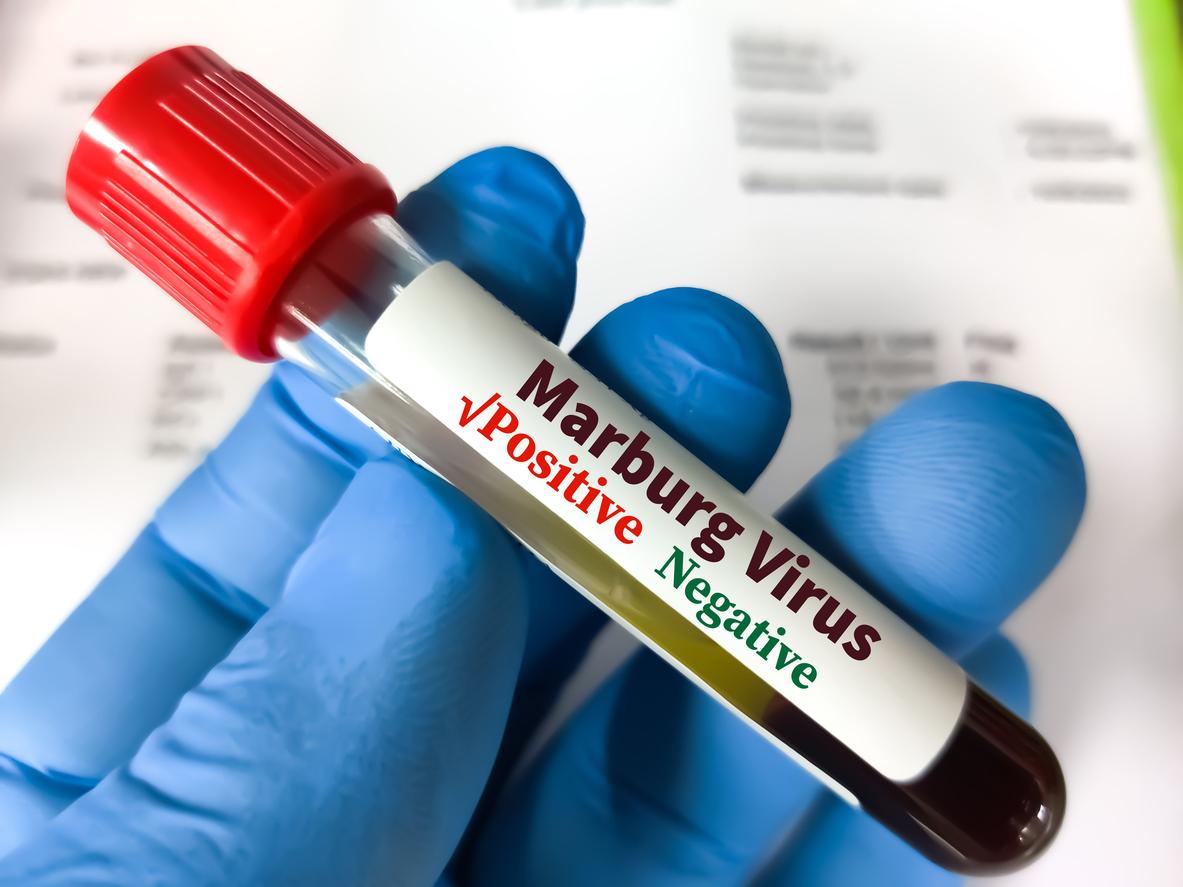A 54-year-old man died after eating contaminated oysters.

- A 54-year-old man died after eating contaminated oysters at a restaurant in Missouri.
- One of the shellfish was contaminated with a very dangerous flesh-eating bacteria called Vibrio vulnificus.
- The Vibrio vulnificus bacterium can be found in warm, coastal waters, usually during the summer months.
A 54-year-old man died after eating contaminated oysters at a restaurant in Missouri. One of the molluscs was indeed contaminated with a very dangerous flesh-eating bacterium called Vibrio vulnificus.
Symptoms of contamination by the bacterium Vibrio vulnificus
Following the accident, health authorities placed an embargo on all remaining oysters and encouraged those who purchased oysters from the same establishment to discard them.
Symptoms of infection with the Vibrio vulnificus bacteria usually appear within 12 to 72 hours of exposure. In healthy people, the bacteria can cause diarrhea, vomiting, fever, abdominal pain and sepsis.
In people with weakened immune systems, such as people with chronic illnesses or who take immune-suppressing drugs, the bacteria can cause a very serious or even fatal infection.
In case of manifestation of these symptoms, it is therefore recommended to consult a doctor as soon as possible.
How do you contract the bacterium Vibrio vulnificus?
The Vibrio vulnificus bacterium is usually contracted by consuming raw or undercooked seafood. Health authorities therefore insist on the importance of exercising caution when consuming them and avoiding buying them from unreliable suppliers.
Health authorities also remind you that it is important to wash your hands regularly with soap and water, especially before and after handling seafood. People with chronic illnesses or whose immune system is weakened are also asked to avoid the consumption of raw or undercooked seafood.
Global warming favors the multiplication of the bacterium Vibrio vulnificus
The Vibrio vulnificus bacterium can be found in warm, coastal waters, usually during the summer months. Unfortunately, its presence could double within the next few years, especially on the east coast of the United States, due to global warming and therefore the increase in ocean temperatures. This could lead to an increase in the number of cases of infected people.
Eating uncontaminated oysters is excellent for your health, especially because they are rich in zinc, omega-3, iron, selenium, vitamin B12 and vitamin D.















